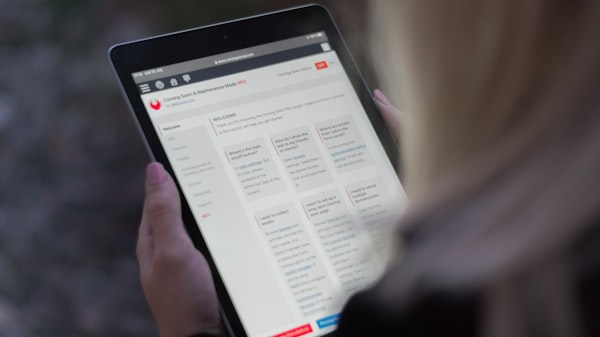- 欢迎使用千万蜘蛛池,网站外链优化,蜘蛛池引蜘蛛快速提高网站收录,收藏快捷键 CTRL + D
WordPress钩子:简单理解和使用教程


 WordPress Hooks are an essential feature in WordPress that allows developers to execute custom functions at specific times, such as creating a new post or modifying a page.
WordPress Hooks are an essential feature in WordPress that allows developers to execute custom functions at specific times, such as creating a new post or modifying a page.WordPress hooks are crucial in triggering custom code when specific events occur. This article will provide a detailed guide on how to use actions, filters, and custom hooks in WordPress.
Why Are Hooks Important for WordPress Development?
WordPress Hooks are essential for developers as they provide a way to customize and extend the functionality of WordPress websites. By utilizing hooks, developers can add new features, modify existing ones, and enhance the overall user experience of a website.
How Can Actions Enhance Functionality?
Actions in WordPress are executable pieces of code that can be triggered when specific events occur. For example, when a user publishes a new post, an action can be used to send an email notification.
Adding an action in WordPress is done using the add_action() function, which takes the action name, the hook to trigger the event, and the callback function to execute.
Can Filters Modify Data Flow?
Filters are used to modify or filter values in the data flow, allowing developers to make changes to elements like the styling of a theme's title.
Adding a filter in WordPress is achieved through the add_filter() function, which requires the filter name, the parameter to filter, and the callback function to execute.
What Are Custom Hooks and How to Create Them?
Aside from built-in actions and filters, developers can create custom hooks to meet specific requirements. Custom hooks allow developers to execute custom code when specific events occur.
Creating a custom hook in WordPress is done using the do_action() function, which requires the hook name as a parameter.
By understanding and implementing actions, filters, and custom hooks in WordPress development, developers can significantly enhance the functionality and customization options of WordPress websites. Experimenting with different hooks and exploring their capabilities can lead to more dynamic and interactive WordPress experiences for users.
Have you utilized WordPress hooks in your development projects? Share your experiences and insights in the comments below. Don't forget to like, follow, and share this article. Thank you for reading!
| 广告位招租-内容页尾部广告(PC) |
相关文章推荐
- 无相关信息














)






)
)